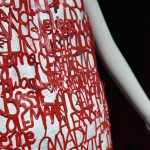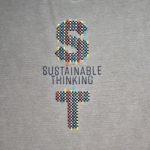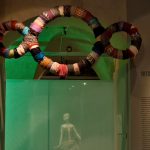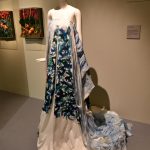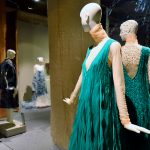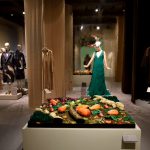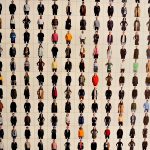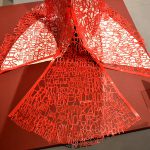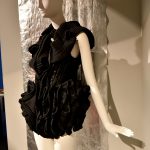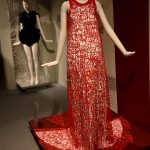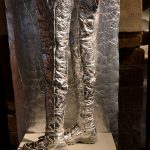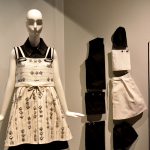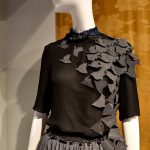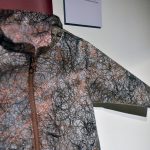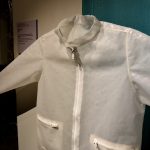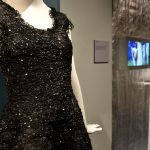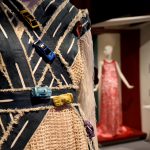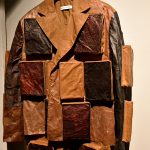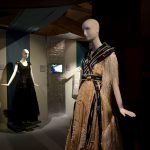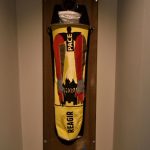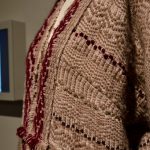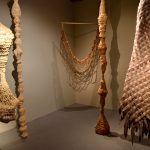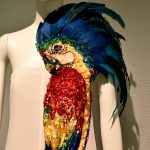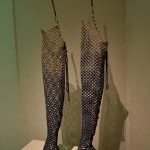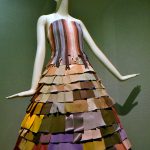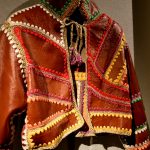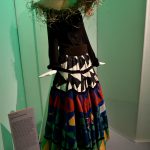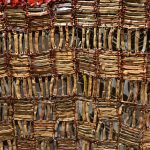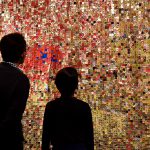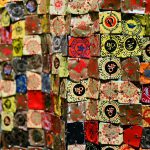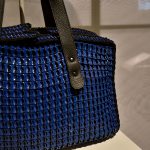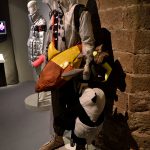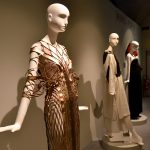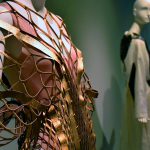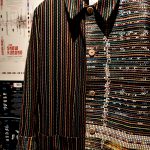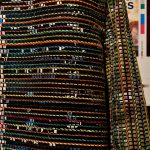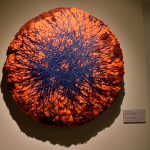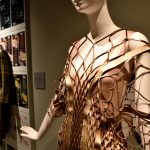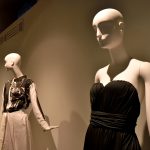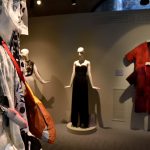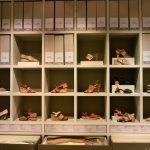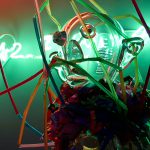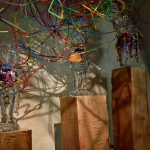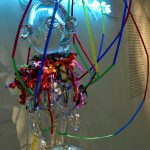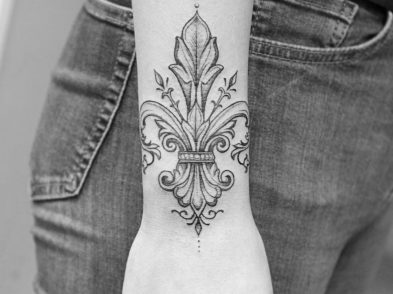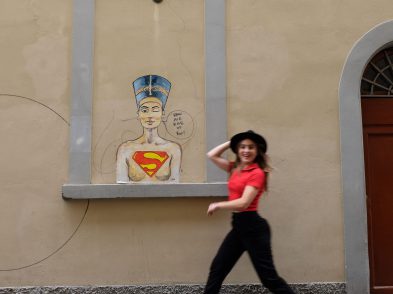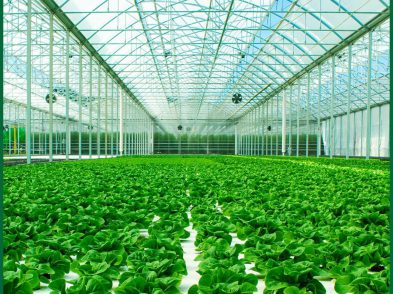- ph. Andrea Paoletti https://andyphoto2017.wordpress.com/
- ph. Andrea Paoletti https://andyphoto2017.wordpress.com/
- ph. Andrea Paoletti https://andyphoto2017.wordpress.com/
- ph. Andrea Paoletti https://andyphoto2017.wordpress.com/
- ph. Andrea Paoletti https://andyphoto2017.wordpress.com/
- ph. Andrea Paoletti https://andyphoto2017.wordpress.com/
- ph. Andrea Paoletti https://andyphoto2017.wordpress.com/
- ph. Andrea Paoletti https://andyphoto2017.wordpress.com/
- ph. Andrea Paoletti https://andyphoto2017.wordpress.com/
- ph. Andrea Paoletti https://andyphoto2017.wordpress.com/
- ph. Andrea Paoletti https://andyphoto2017.wordpress.com/
- ph. Andrea Paoletti https://andyphoto2017.wordpress.com/
- ph. Andrea Paoletti https://andyphoto2017.wordpress.com/
- ph. Andrea Paoletti https://andyphoto2017.wordpress.com/
- ph. Andrea Paoletti https://andyphoto2017.wordpress.com/
- ph. Andrea Paoletti https://andyphoto2017.wordpress.com/
- ph. Andrea Paoletti https://andyphoto2017.wordpress.com/
- ph. Andrea Paoletti https://andyphoto2017.wordpress.com/
- ph. Andrea Paoletti https://andyphoto2017.wordpress.com/
- ph. Andrea Paoletti https://andyphoto2017.wordpress.com/
- ph. Andrea Paoletti https://andyphoto2017.wordpress.com/
- ph. Andrea Paoletti https://andyphoto2017.wordpress.com/
- ph. Andrea Paoletti https://andyphoto2017.wordpress.com/
- ph. Andrea Paoletti https://andyphoto2017.wordpress.com/
- ph. Andrea Paoletti https://andyphoto2017.wordpress.com/
- ph. Andrea Paoletti https://andyphoto2017.wordpress.com/
- ph. Andrea Paoletti https://andyphoto2017.wordpress.com/
- ph. Andrea Paoletti https://andyphoto2017.wordpress.com/
- ph. Andrea Paoletti https://andyphoto2017.wordpress.com/
- ph. Andrea Paoletti https://andyphoto2017.wordpress.com/
- ph. Andrea Paoletti https://andyphoto2017.wordpress.com/
- ph. Andrea Paoletti https://andyphoto2017.wordpress.com/
- ph. Andrea Paoletti https://andyphoto2017.wordpress.com/
- ph. Andrea Paoletti https://andyphoto2017.wordpress.com/
- ph. Andrea Paoletti https://andyphoto2017.wordpress.com/
- ph. Andrea Paoletti https://andyphoto2017.wordpress.com/
- ph. Andrea Paoletti https://andyphoto2017.wordpress.com/
- ph. Andrea Paoletti https://andyphoto2017.wordpress.com/
- ph. Andrea Paoletti https://andyphoto2017.wordpress.com/
- ph. Andrea Paoletti https://andyphoto2017.wordpress.com/
- ph. Andrea Paoletti https://andyphoto2017.wordpress.com/
- ph. Andrea Paoletti https://andyphoto2017.wordpress.com/
- ph. Andrea Paoletti https://andyphoto2017.wordpress.com/
- ph. Andrea Paoletti https://andyphoto2017.wordpress.com/
- ph. Andrea Paoletti https://andyphoto2017.wordpress.com/
- ph. Andrea Paoletti https://andyphoto2017.wordpress.com/
- ph. Andrea Paoletti https://andyphoto2017.wordpress.com/
- ph. Andrea Paoletti https://andyphoto2017.wordpress.com/
All photos by Andrea Paoletti
A watchword for our endangered planet and a call to arms to save it, sustainability has taken hold of all industries today. Sustainable Thinking, the ongoing exhibition at Museo Ferragamo, is the Florentine company’s attempt to spotlight the urgency behind re-examining the fashion industry’s commitment to environmentally friendly practices and alternative methods available to stem further damage.
The exhibition opens with a reminder of this harm, represented by the site-specific installation Invasion by Cameroonian artist Pascale Marthine Tayou. The work calls attention to the abundant use of natural resources and the negative impact this has on the places where they are quarried, most often areas of extreme poverty, threatening lives and lifestyles. Featuring a “cloud of smoke” made of plastic straws, the piece hangs above visitors’ heads and intertwines with the artist’s trademark Poupées Pascale, crystal shapes resembling African-style figures, in an overt reference to the ethnicities that tend to be “suffocated” by excessive waste. To drive home this reality, the room is adorned with coordinates of some of the world’s most polluted places, reminding onlookers that these habitats—and these people—are real.
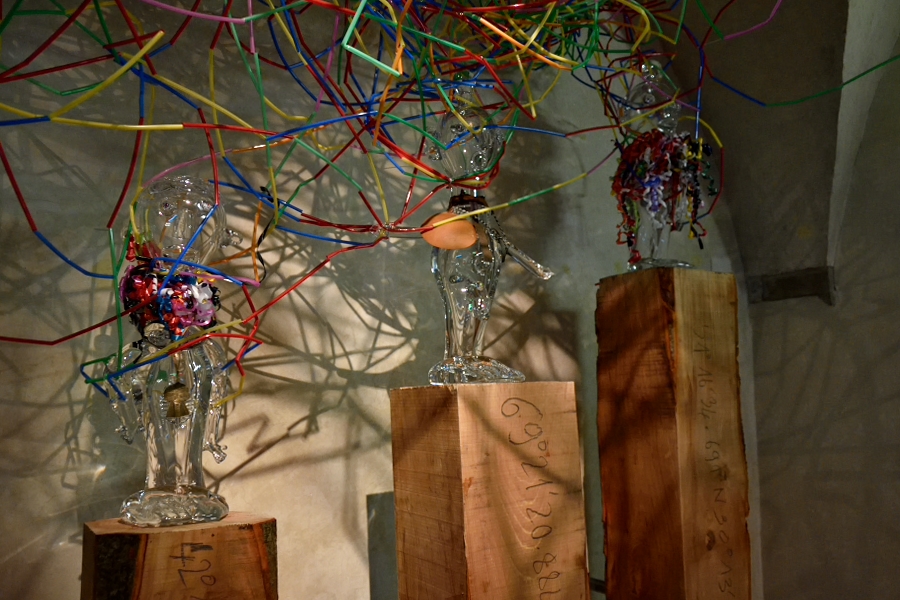
Invasion by Cameroonian artist Pascale Marthine Tayou / ph. Andrea Paoletti https://andyphoto2017.wordpress.com/
“Sustainability defines the human capacity to meet the needs of the present time without compromising the ability of future generations of their own needs,” declares the exhibition’s opening panel. When looked at through the lens of Salvatore Ferragamo’s lifetime, such a definition could almost double for the designer’s personal philosophy. To highlight the deep roots of sustainable practices in Ferragamo’s operations, the show’s curators have staged a company archive, showcasing 77 pairs of shoes designed by the family patriarch during the 1930s and ‘40s, when resources were limited as a result of Fascist policies and wartime rationing. The period saw some of Ferragamo’s most prolific experimentations, when he was able to explore his interests in alternative materials, like cork, nettle and cellophane from candy wrappers. The results on display are jaw-dropping in their beauty, but more importantly they appear entirely average, as if made with the same luxury materials Ferragamo has always been famous for. This stands as a lesson to all fashion designers now, when sustainability is an obligatory part of their ethos.
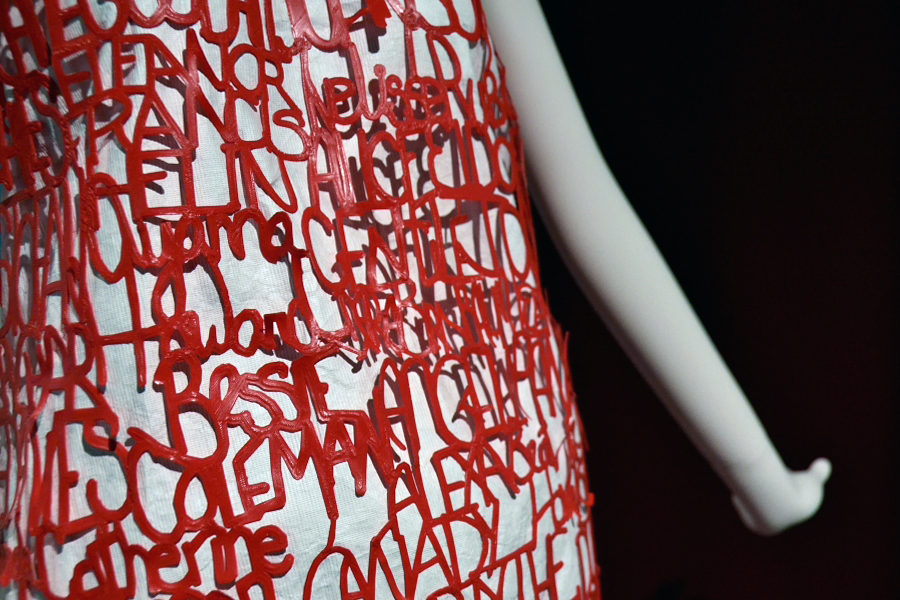
ph. Andrea Paoletti https://andyphoto2017.wordpress.com/
A theme running throughout the show is the circular economy, a system in which, according to the European Commission, “the value of products and materials is maintained for as long as possible. Waste and resource use are minimised, and when a product reaches the end of its life, it is used again to create further value.”
In the case of fashion, materials are not discarded but transformed into something new. We see an evening gown sewn with thread made from plastic bottles envisioned by Ferragamo’s creative director, Paul Andrew; a dress designed by Maria Sole Ferragamo, Salvatore’s granddaughter, using leather recovered from the company’s slow-moving inventory; and garments by RÆBURN, the British fashion brand that uses military fabrics to create everyday clothing, like t-shirts made from parachutes and pieces crafted from 1950s Royal Air Force silk escape maps.
Sustainable fashion is about more than recycling scraps. As the curators demonstrate, clothing can be crafted from the most unexpected resources, such as black tea, sugar and even microorganisms that ferment to create cellulose: all three were harnessed by Argentinian designer Romina Cardillo in La biomímesis, a menswear item. Chilean stylist Maria Cornejo looks to nature for her materials, with her Jazmin Ero Dress stitched with a viscose yarn made from wood pulp obtained from certified sustainable forests in Sweden.
Sustainable Thinking is a wake-up call, which is expertly summed up in the show’s final artwork, Michelangelo Pistoletto’s Third Paradise. It consists of a recurring image in the artist’s repertoire purposely adopted by the Chamber for Italian Fashion for its Manifesto for Sustainability, standing for “the third phase of humanity,” a balance between the first (nature) and second (artifice), which we can reach only by re-forming “the principles and the ethical behaviours guiding our common life”.

